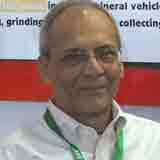Remembering Laddie, the ‘War Dead’ of Kolkata
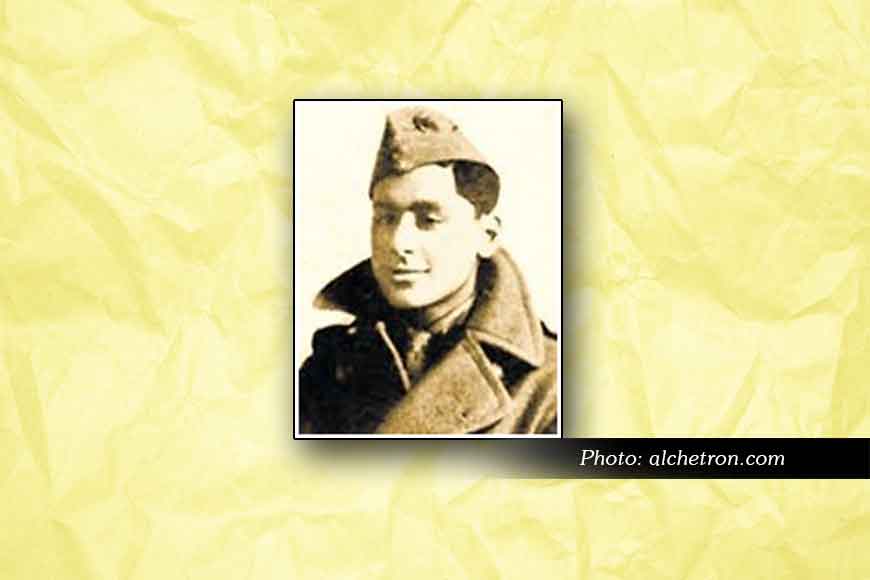
Tuhin K Roy) is a consultant on metallurgy wih avid interest in Military History as also about Kolkata and Bengal
In the last part we learnt about the impact of World War I in Kolkata
The war weary campaigners and their followers were welcomed back with parades, buntings, and adulation. After the celebrations subsided, thoughts gave way to set up a lasting reminder to the ultimate sacrifice made by the War Dead.
This manifested in memorials and plaques in Calcutta. They have tales to tell – some known and some forgotten. Let me share the story of those in Calcutta and begin in Bhowanipur.
INDRA ROY ROAD named after LIEUTENANT INDRA LAL ROY, D.F.C, R.F.C, (b. Calcutta, 2 December 1898; d.Carvin, France, 22 July 1918)13
This road is opposite the Bhowanipore Police Station and hosts the Indira cinema hall, the Seagulls bookshop, and further down the road, the office of Calcutta Photography Association in between mostly old buildings. There is no road sign at its either end. No one knows the reason for naming this road after a war hero: the only road so named in Calcutta.
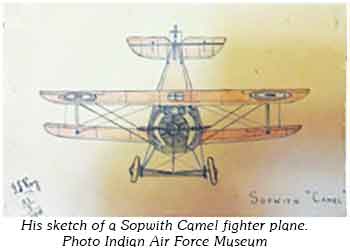 Indra Lal Roy, “Laddie”’ to his friends, served in WWI as a fighter pilot; became an Ace14 at the age of 19 years. In just over 13 days of 170 hours flying time, he had shot down ten15 enemy planes. Even today he is the only ACE of the Indian flying fraternity. When the Great War began, he lived with his mother and five other siblings,and attended St Paul’s School, Hammersmith, London.
Indra Lal Roy, “Laddie”’ to his friends, served in WWI as a fighter pilot; became an Ace14 at the age of 19 years. In just over 13 days of 170 hours flying time, he had shot down ten15 enemy planes. Even today he is the only ACE of the Indian flying fraternity. When the Great War began, he lived with his mother and five other siblings,and attended St Paul’s School, Hammersmith, London.
His elder brother, Paresh Lal, promptly volunteered but Indra Lal joined the school’s cadet force. In between, he sent to the War Office drawings and notes of a trench mortar explaining its advantages, especially the “rapidity of firing.” On turning 18, he won a scholarship to read at Oxford,but applied to the fledging Royal Flying Corps. He was rejected due to a faulty eye-sight16. Not deterred, he sold his motorbike and with the proceeds had the findings overruled by a reputed ophthalmologist of Harley Street, London.
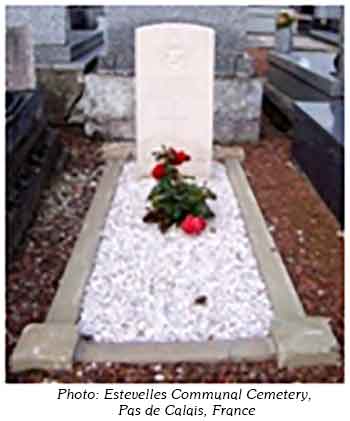 4th April 1917: enlisted; 5th July: commissioned - 2nd Lieutenant, posted to Vendome, France.3rd October: after training, posted to the “A” Flight of the No. 56 Squadron17.
4th April 1917: enlisted; 5th July: commissioned - 2nd Lieutenant, posted to Vendome, France.3rd October: after training, posted to the “A” Flight of the No. 56 Squadron17.
6th December 1917:Shot down by a German fighter he crash landed his S.E.5a Sopwith fighter in No Man’s Land. He was picked up by British soldiers and taken to a local hospital declared “dead on arrival”. On gaining consciousness, he banged the doors of the morgue to the deathly fright of the hospital staff.In his best school-boy French he pleaded repatriation to England.
Declared unfit he was assigned a desk job in Farnborough as an equipment officer. He drew sketches of air planes but mostly pestered his superior for flying duty in France.
June 1918:assigned to No. 40 Squadron.
13th July evening: He had shot down six German planes. His Commanding Officer recommended him for the Distinguished Flying Corps.
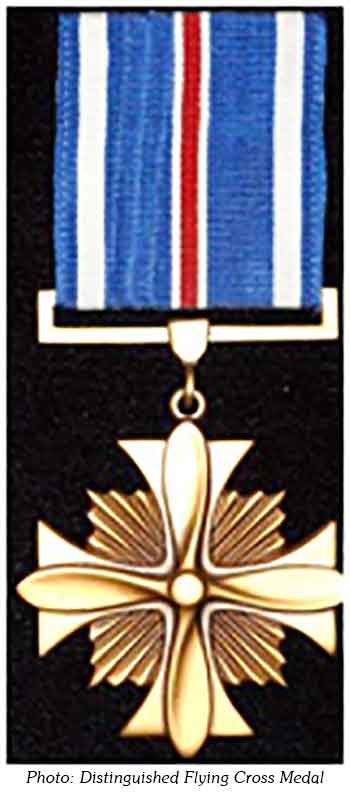 22nd July 1918:On a crisp morning, after a daring sortie over the trenches of Carvin, France, Laddie headed back to the Allied lines with another, flying his fighter in a cover position. Several thousand feet overhead, four German Fokker DVII of the Jasta 29 Squadron spotted them. Oberlieutnant Harald Auffart, the leader, signalled his Flight and hurtled down in a dive. Laddie fought back bravely taking down two Germans but for once he was outgunned, out manoeuvred. His plane burst into flames crashing in the area of Carvin, France, and then held by the Germans18. On 18th September he was declared Killed in Action. Later his body was found, identified and buried at the Estevelles Communal Cemetery, Pas de Calais, France. His grave is engraved in French and Bengali; the latter reads:
22nd July 1918:On a crisp morning, after a daring sortie over the trenches of Carvin, France, Laddie headed back to the Allied lines with another, flying his fighter in a cover position. Several thousand feet overhead, four German Fokker DVII of the Jasta 29 Squadron spotted them. Oberlieutnant Harald Auffart, the leader, signalled his Flight and hurtled down in a dive. Laddie fought back bravely taking down two Germans but for once he was outgunned, out manoeuvred. His plane burst into flames crashing in the area of Carvin, France, and then held by the Germans18. On 18th September he was declared Killed in Action. Later his body was found, identified and buried at the Estevelles Communal Cemetery, Pas de Calais, France. His grave is engraved in French and Bengali; the latter reads:
মহাবীরেরসমাধি; শমভরনদেখাও; স্পর্শকরোনা
Posthumously awarded the Distinguished Flying Cross, on 22nd September 1918, the London Gazette published the citation:A very gallant and determined officer, who in 13 days accounted for nine [read 10] enemy machines. In these several engagements he has displayed remarkable skill and daring, on more than one occasion accounting for two [read 3] machines in one patrol.
His nephew19, the Late Air Marshall Subroto Mukherjee, was the first Chief of the Air Staff, Indian Air Force (1954-1960).A commemorative stamp was issued on his 100th Birth Anniversary. Kolkata Corporation could do well to put up a proper road sign.







